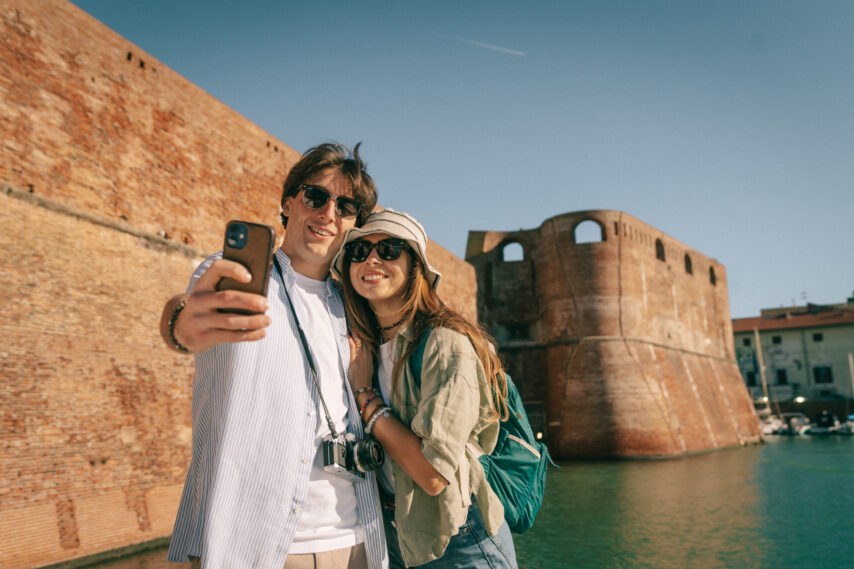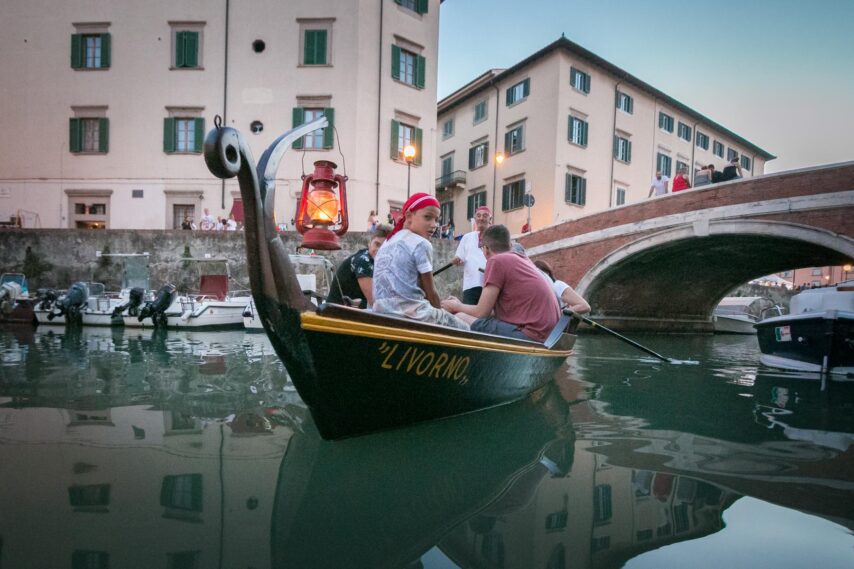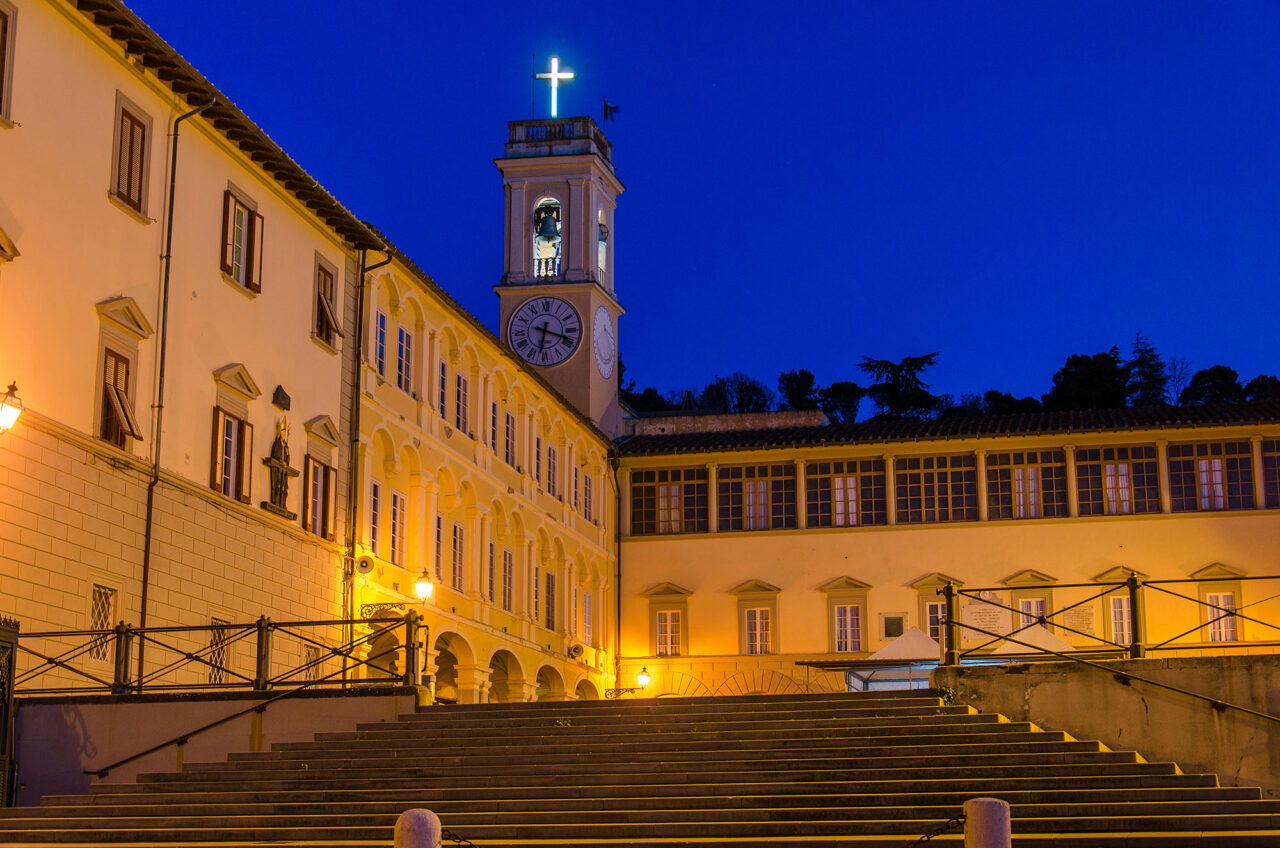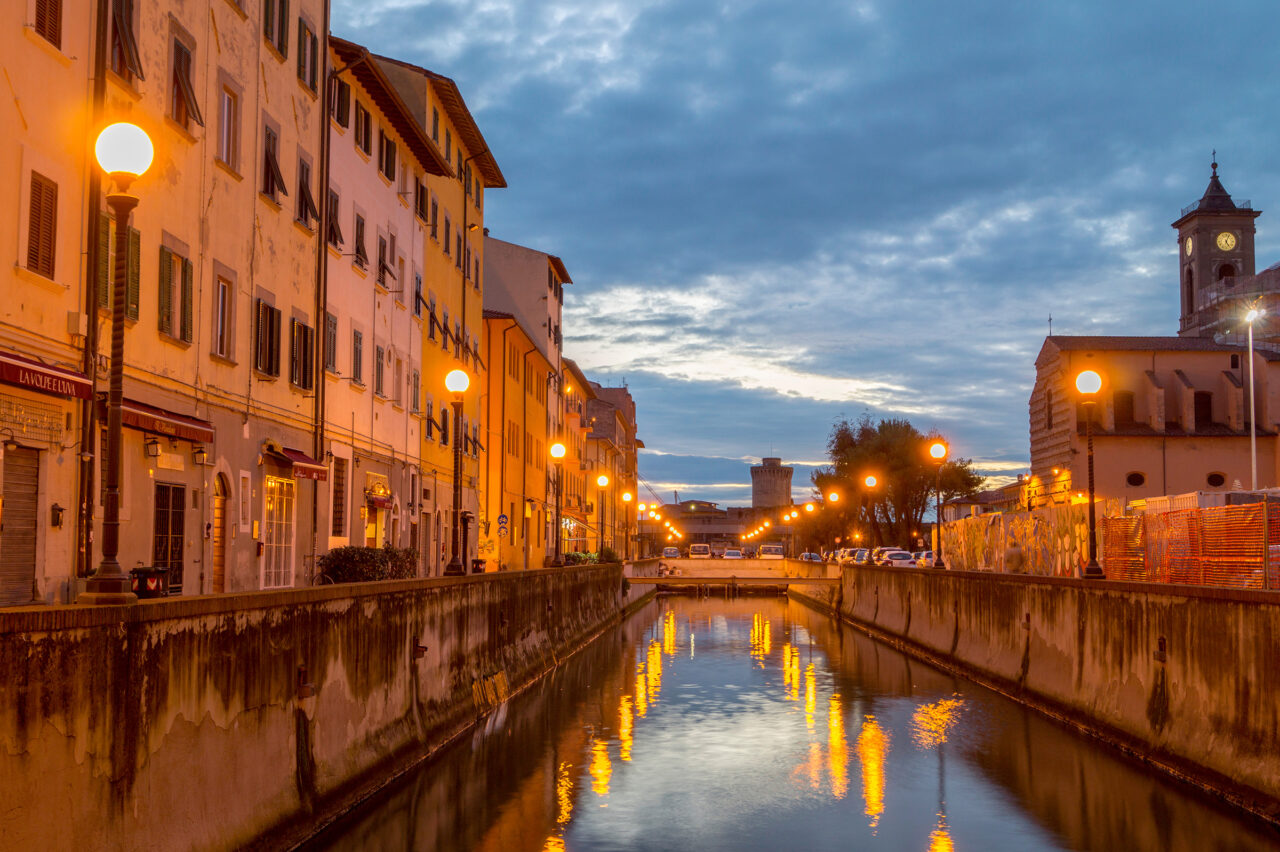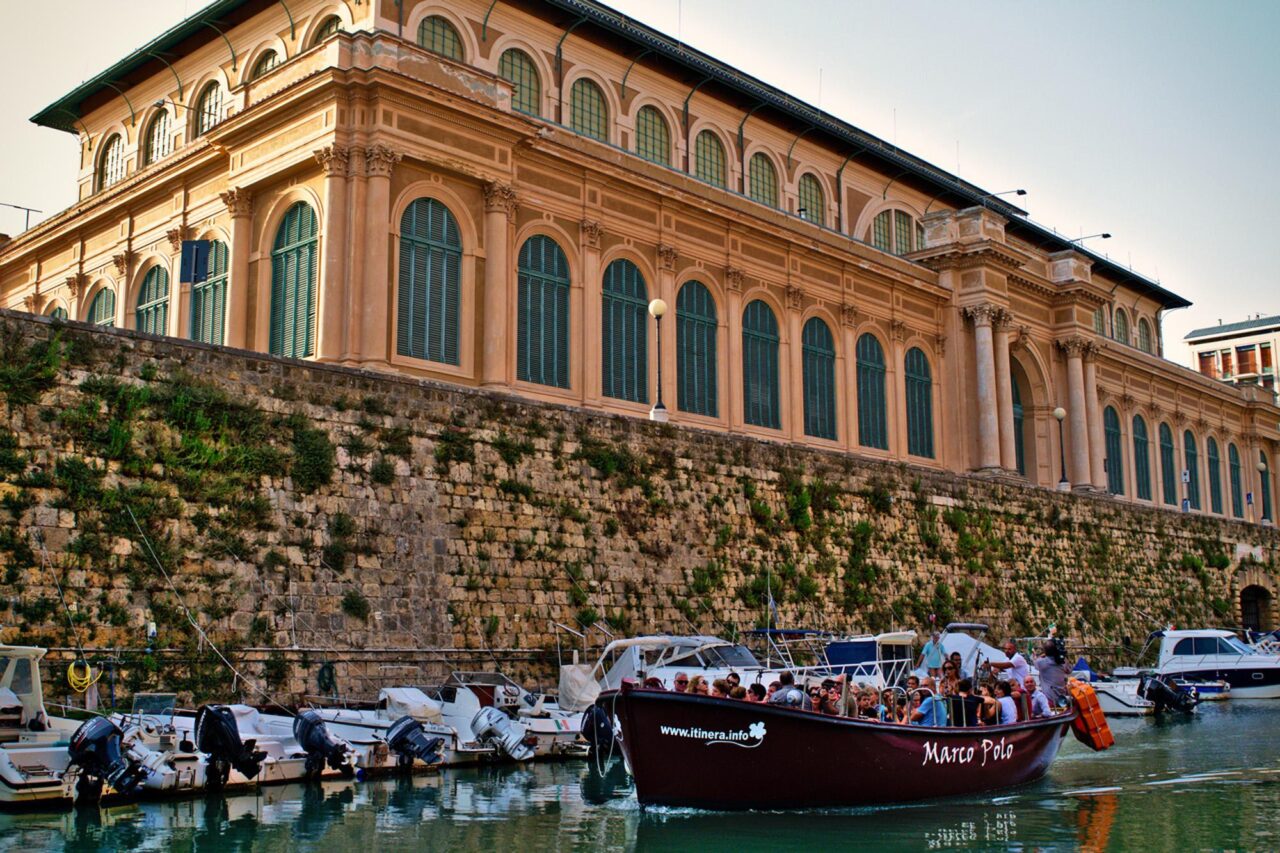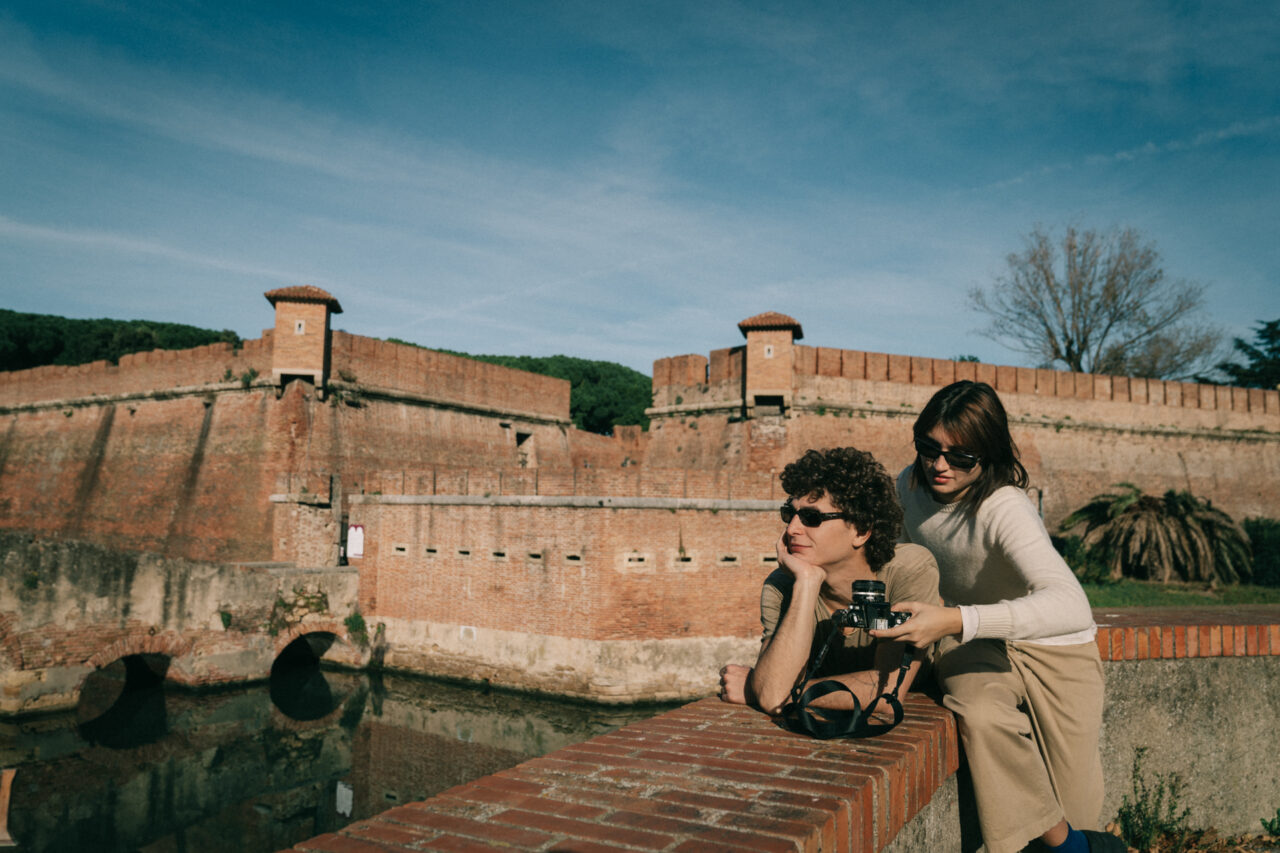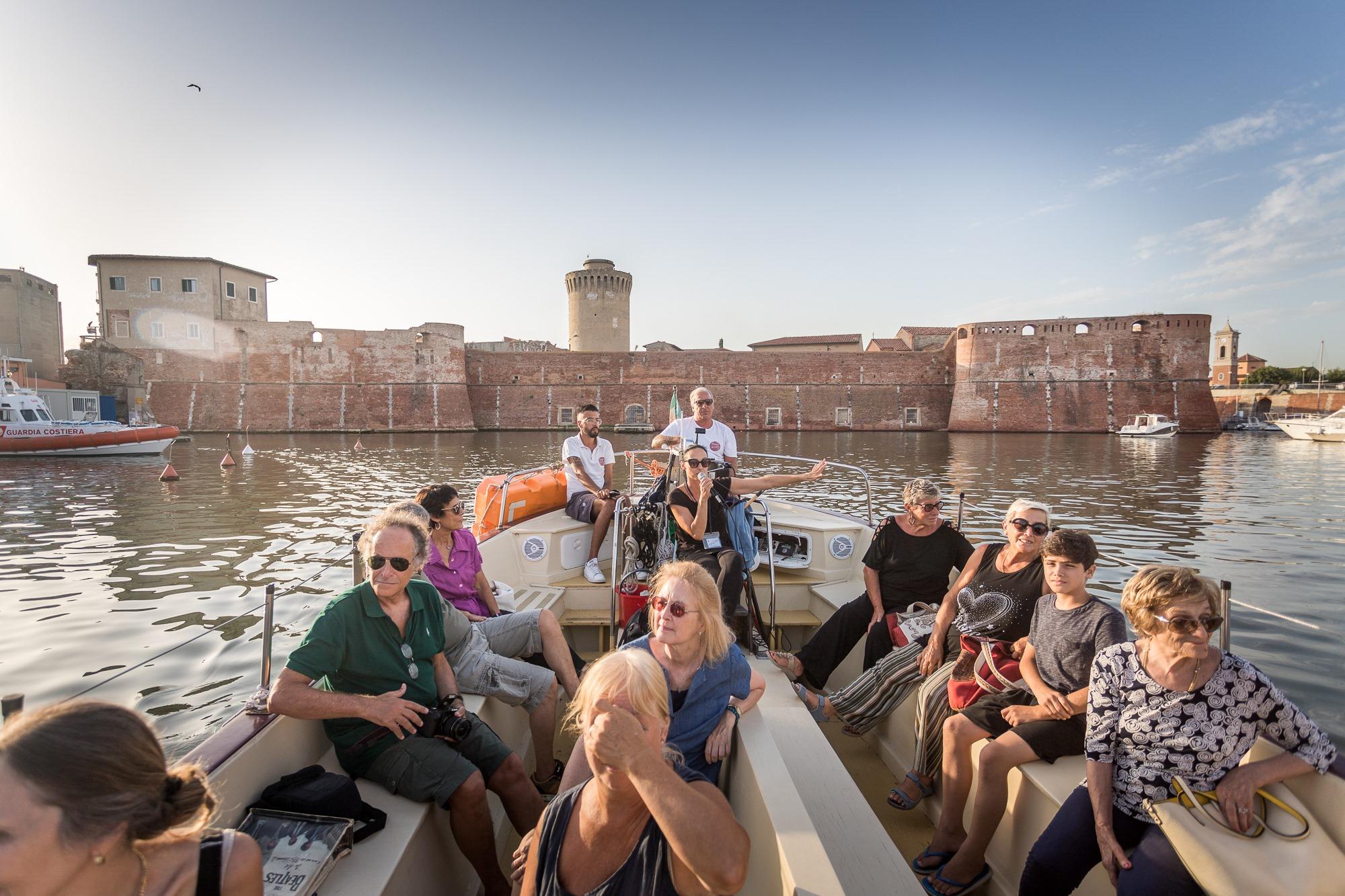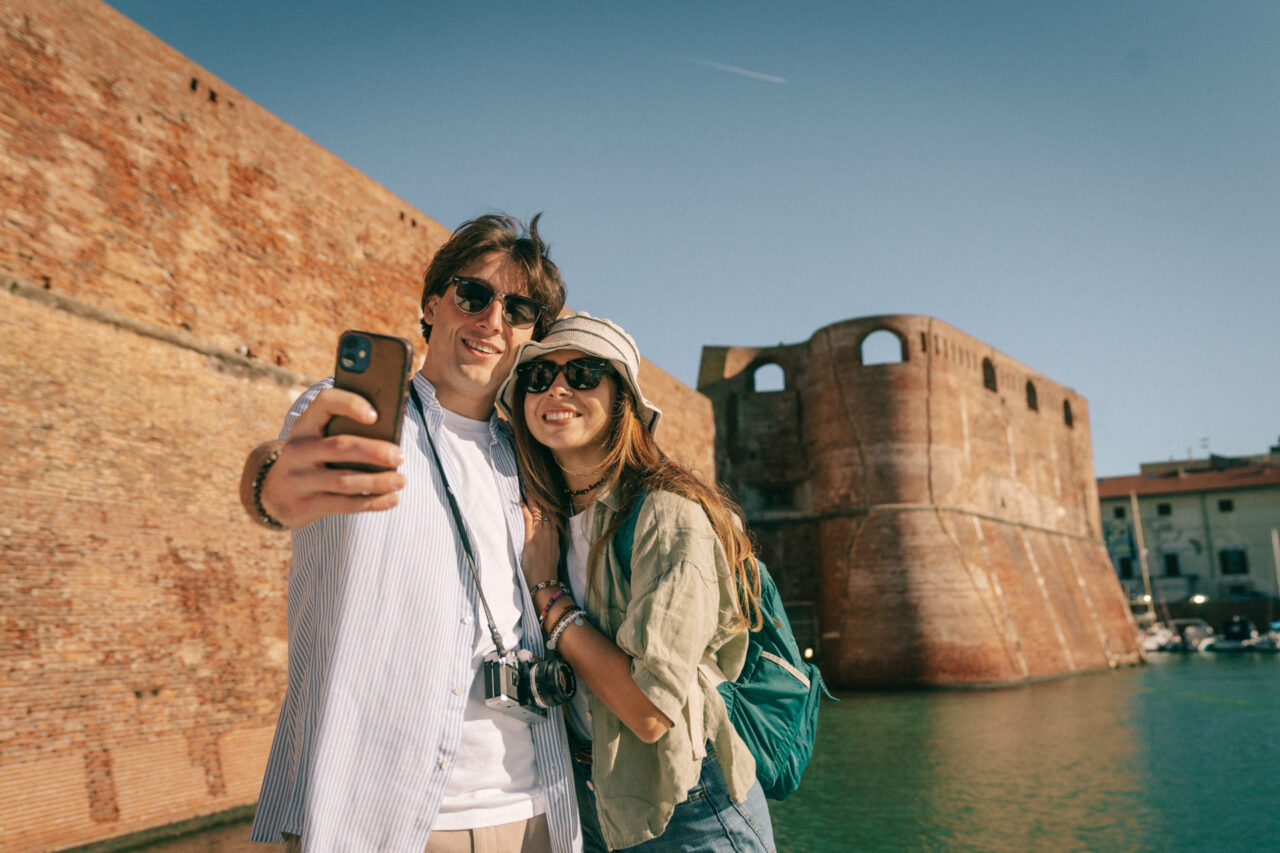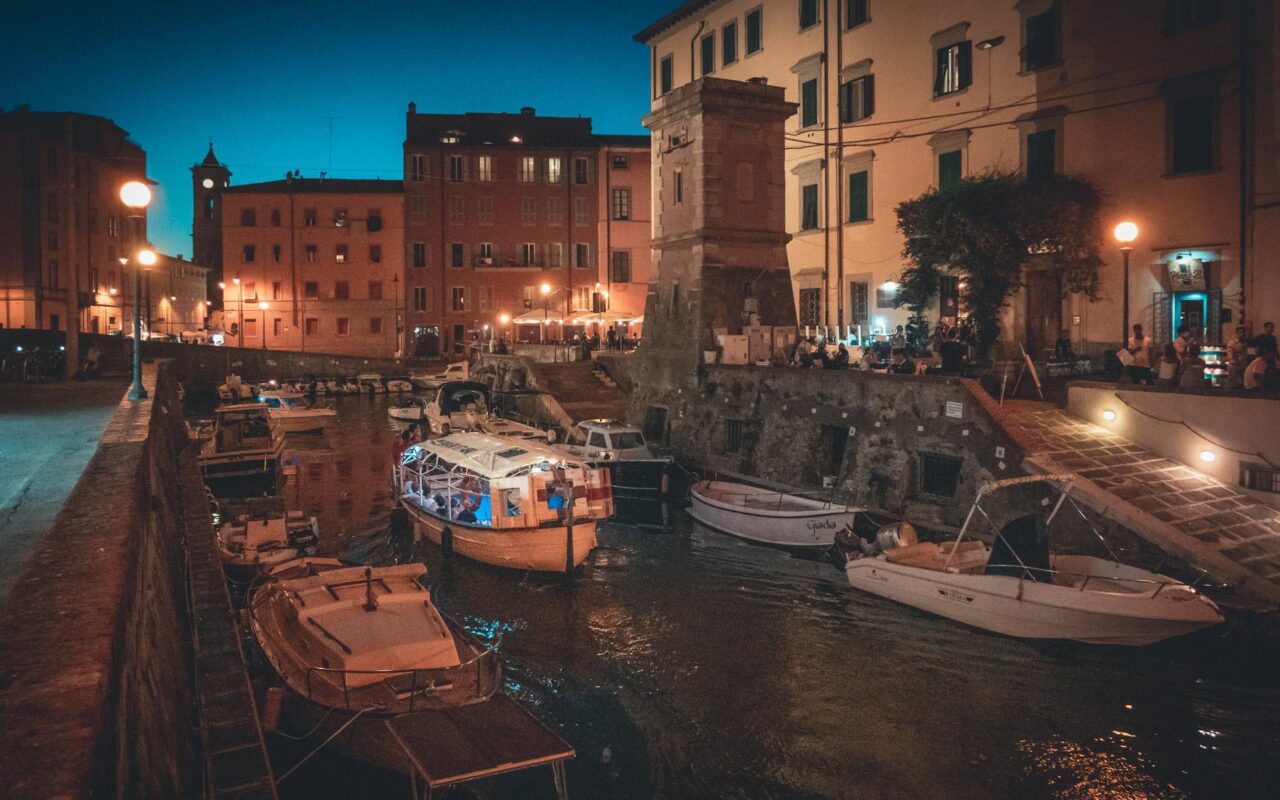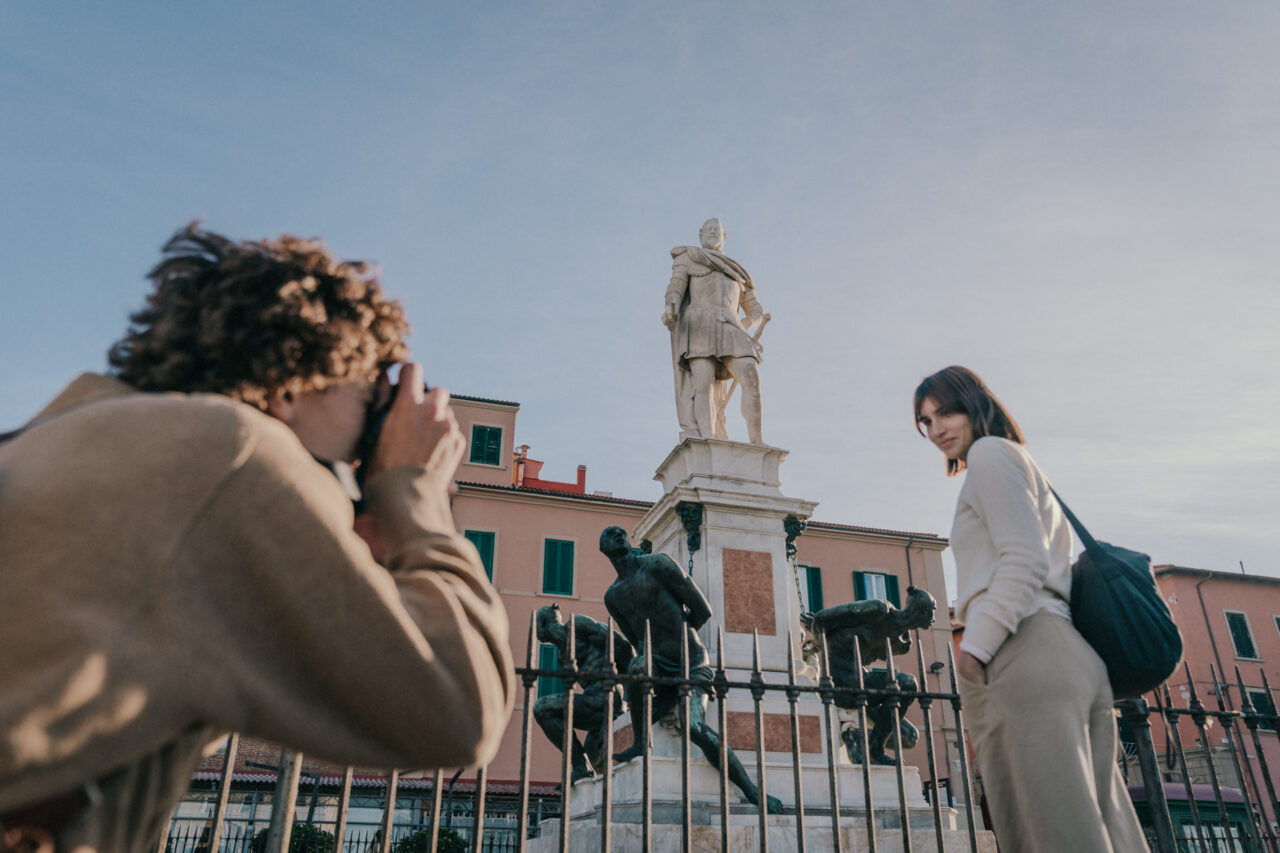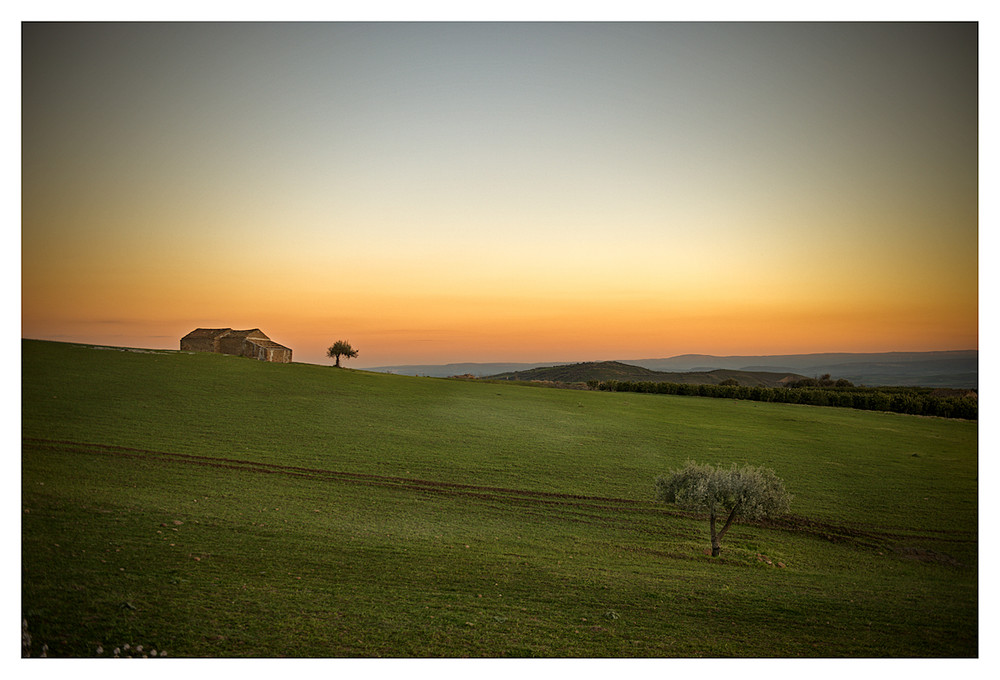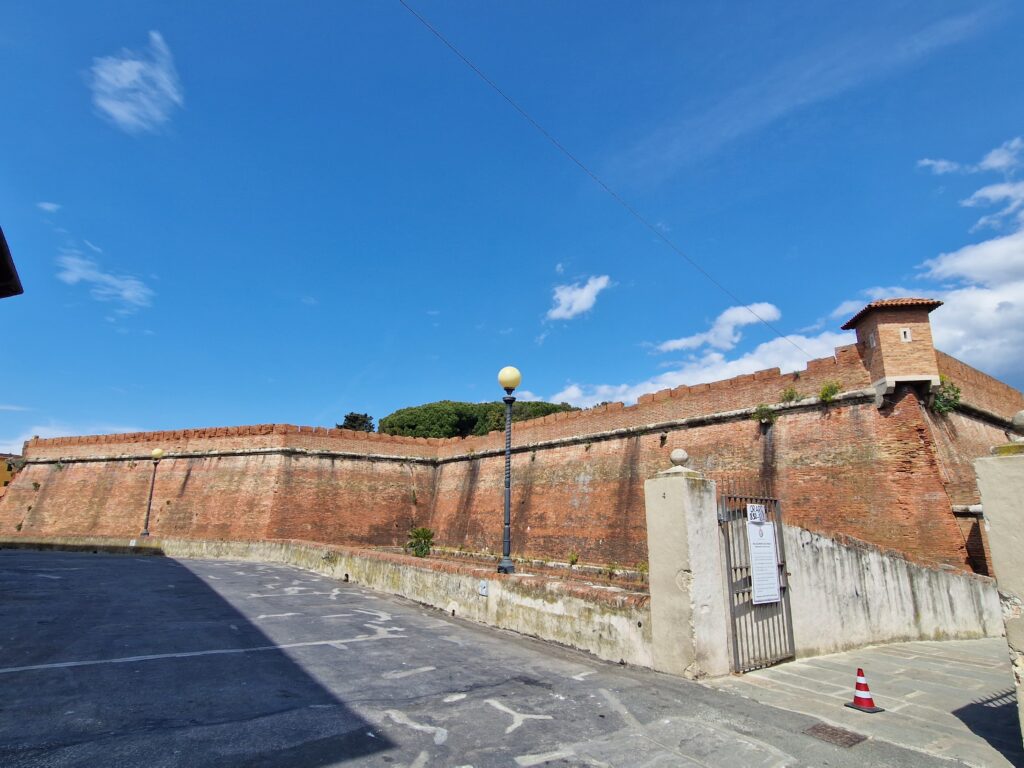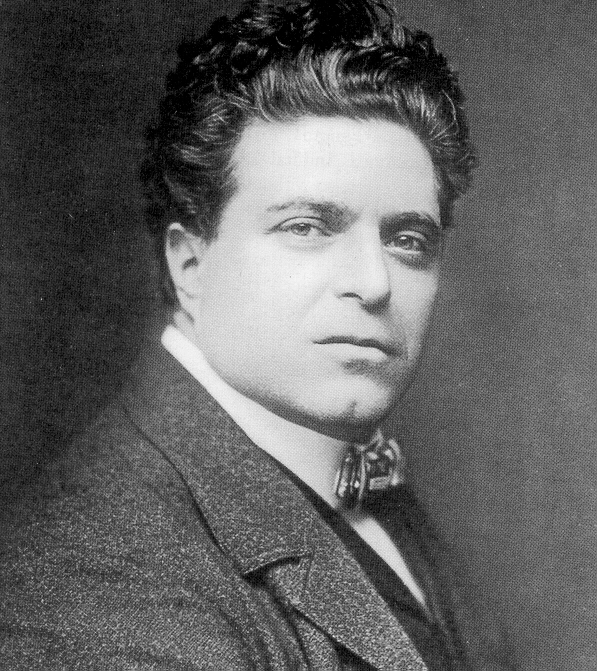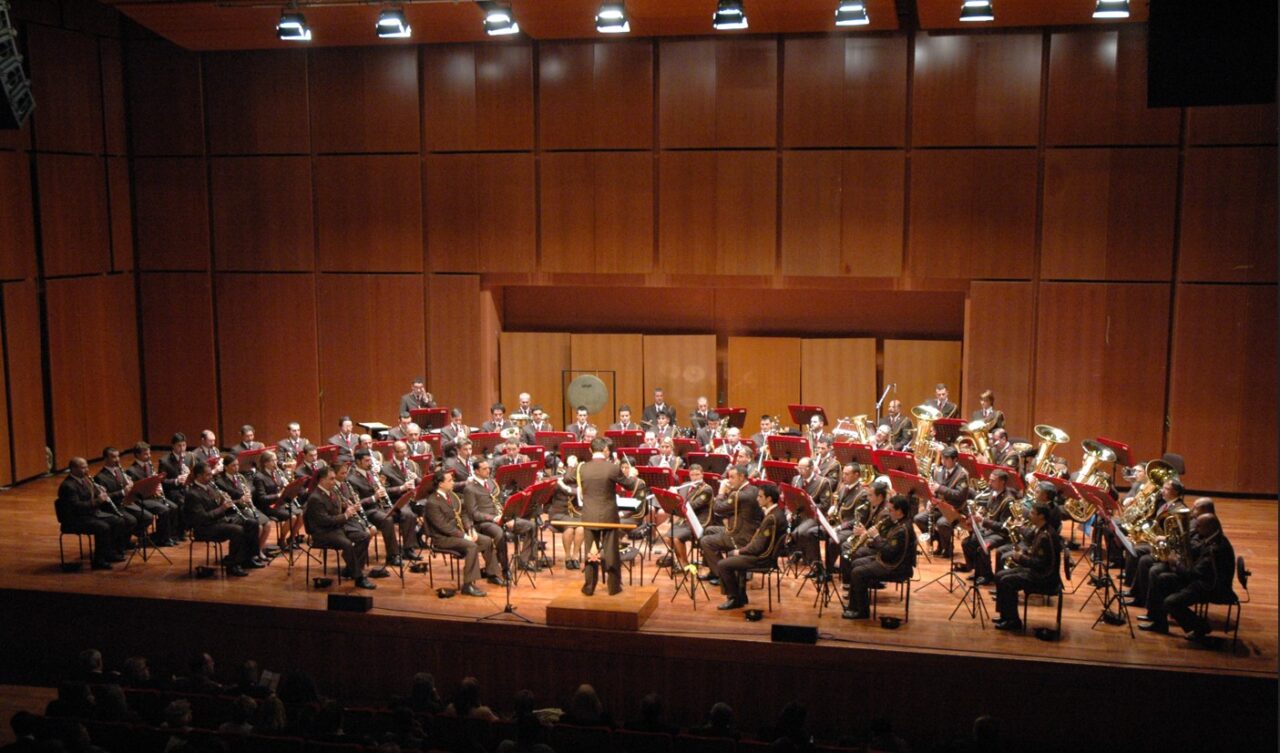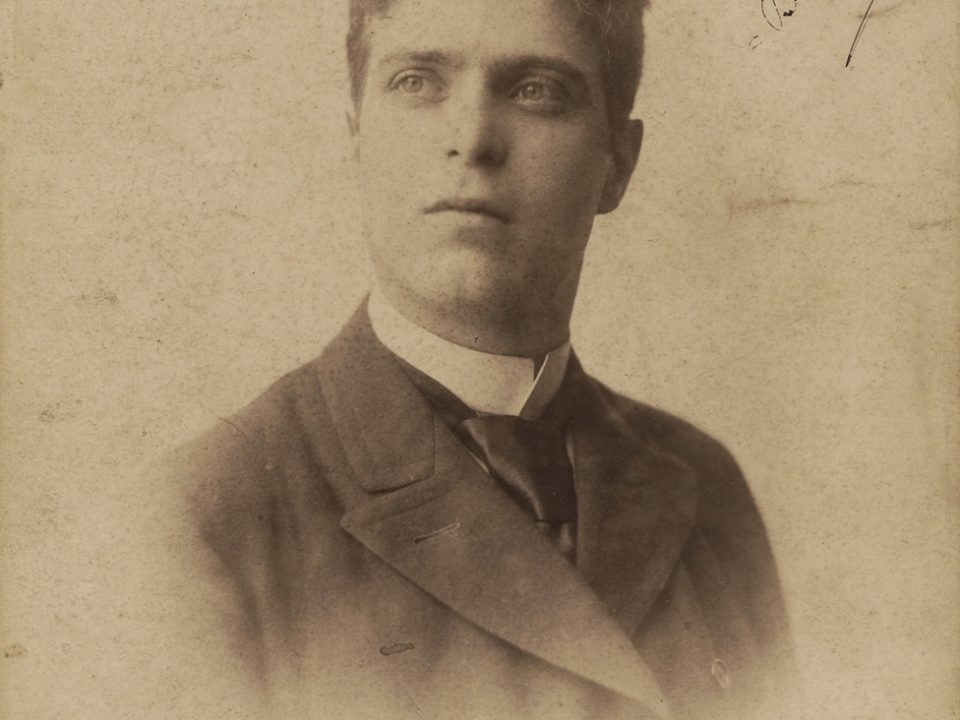Montenero, a balcony overlooking the Mediterranean
A few kilometers south of Livorno, hidden among the gentle folds of the Tuscan hills, lies Montenero, a small village that overlooks the sea and the city below, wrapped in the colors of lush Mediterranean vegetation. From this privileged position, your eyes will embrace a panorama that stretches along the entire Livorno coast, from the plains of Livorno to those of Pisa, catching a glimpse of the islands of the Tuscan Archipelago. A sought-after holiday destination since the 18th century, Montenero is home to numerous historic villas including Villa delle Rose, where George Gordon Byron stayed, Villa del Buffone, originally a Medici farmhouse, Villa Carboni, and Villa delle Pianacce.
But Montenero’s vocation is above all religious. This small inhabited center is in fact a symbol for all devotees of the Madonna and has been a continuous pilgrimage destination since the mid-14th century. By facing the famous Montenero ascent, the steep section of road that connects Montenero Basso with the Sanctuary of Our Lady of Graces, it will already feel like completing the first stage of a both physical and spiritual journey. An almost mystical experience of ascent towards the divine that, once reached the top, gives back peace and contemplation.
The emotional journey aboard the Montenero Funicular
The Montenero Sanctuary, like many older Christian places of worship, is built in a elevated position. In order to make this treasury of spirituality accessible to all, in the early 1900s a funicular was built, which, originally created to alleviate the ascent, has become an integral part of a unique emotional and visual journey. Letting yourself be gently carried upwards by the restored antique carriages of the Montenero Funicular, you will see Livorno unfold beneath you, revealing new unexpected details and exciting perspectives with every meter of ascent.
The Sanctuary of Our Lady of Grace
Discovering one of the most famous places of worship in Tuscany
The Sanctuary of Our Lady of Grace, also known as the Sanctuary of Montenero, is truly a place steeped in a profound spirituality. It stands majestic and welcoming above Livorno, steeped in stories of faith and miracles that have spanned the centuries. A minor basilica, elevated by Pope Pius VII in 1818, well-kept by the Vallombrosan monks not only as a symbol of Marian devotion, but also as a treasure trove of art and city history.
According to legend, the origins of the sanctuary date back to 1345 when a crippled shepherd, guided by the vision of an image of the Virgin Mary, decided to transport it to what was once called “Devil’s Mountain” and gently place it near a cave. At the end of his pilgrimage, the miracle occurred, restoring his health and beginning the veneration of that place with the new name of Montenero.
Since then, starting from a modest chapel, the sanctuary has evolved, growing through the centuries, until it became the rich complex that today welcomes and enchants visitors. Crossing its threshold, you will be surrounded by an evocative atmosphere. The oval atrium, adorned with refined baroque decorations, will guide you towards the pulsating heart of the sanctuary, where a majestic wooden ceiling overlooks the altar that protects the tabernacle in which the sacred image of the Madonna is preserved.
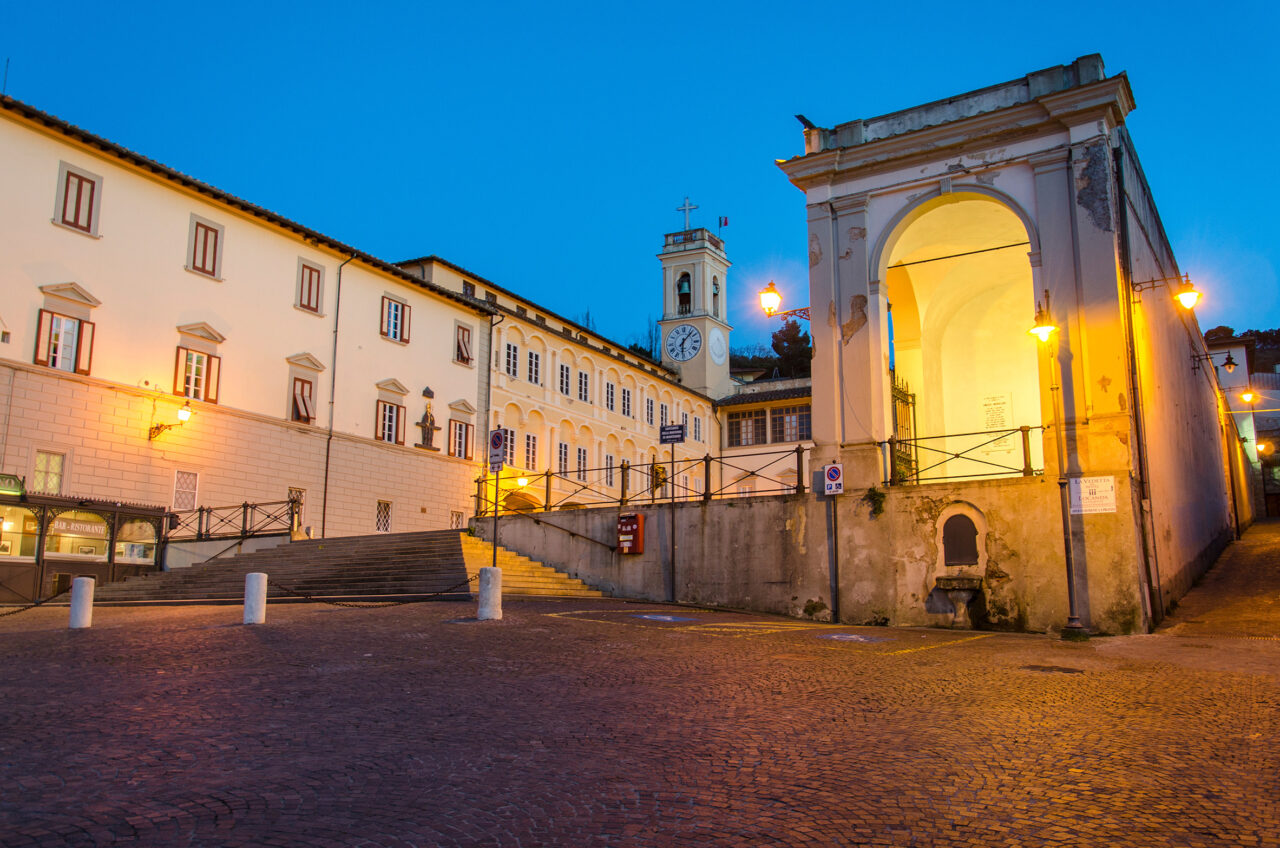
The ex-voto gallery
Along the sides of the church you can also admire the ex-voto gallery. It is one of the richest in Italy, with over 700 works dating back to the nineteenth century that offer a fascinating and touching overview of the graces received and the miracles attributed to the intercession of the Madonna of Montenero. In the gallery you can observe not only glimpses of the popular life of the time, but also works of art of remarkable interest. Among these stand out the paintings by Giovanni Fattori and Renato Natali, artists who have left an indelible mark in the history of Italian art.
The Famedio of Montenero
On the square in front of the Sanctuary of Our Lady of Grace, you will notice a lodge composed of nine round arches closed by cast iron gates that rest on Tuscan-style pillars, supporting a large terrace of about fifty meters: this is the Famedio of Montenero. Originally, it was an ancient portico built, starting from 1794, by Abbot Don Rodesindo Marcucci to provide shelter for pilgrims. Then, during the 19th century, it was transformed into the burial place of the most illustrious Livornese figures. The first to be buried in the famedio was Francesco Domenico Guerrazzi, politician, writer, and journalist, followed over time by many other fellow citizens: Carlo Bini (1806-1842), writer and patriot, Enrico Pollastrini (1817-1876), painter; Carlo Meyer, Garibaldian soldier and politician; Paolo Emilio Demi (1798-1863), sculptor; Giovanni Fattori (1825-1908), painter; Giovanni Marradi (1852-1922), poet and writer; Ernesto Rossi (1827-1896), actor; Mario Puccini (1869-1920), painter.
Other Livornese personalities, although not buried in the famedio, are remembered inside the structure by commemorative epigraphs: Dario Niccodemi (1874-1934), playwright and screenwriter; Gustavo Salvini (1859-1930), actor; Guelfo Civinini (1873-1954), writer, poet, journalist; Pietro Mascagni (1863-1945), composer and conductor; Amedeo Modigliani (1874-1920), painter and sculptor; Giosuè Borsi (1888-1915), writer.
Useful informations
-
Who:
Alone, Children and families, Groups, In pairs, With friends
-
When:
Autumn, Spring, Summer, Winter
-
What:
Relax
-
Other characteristics
Indoors, Outdoors, Reachable by public transport, Without reservation
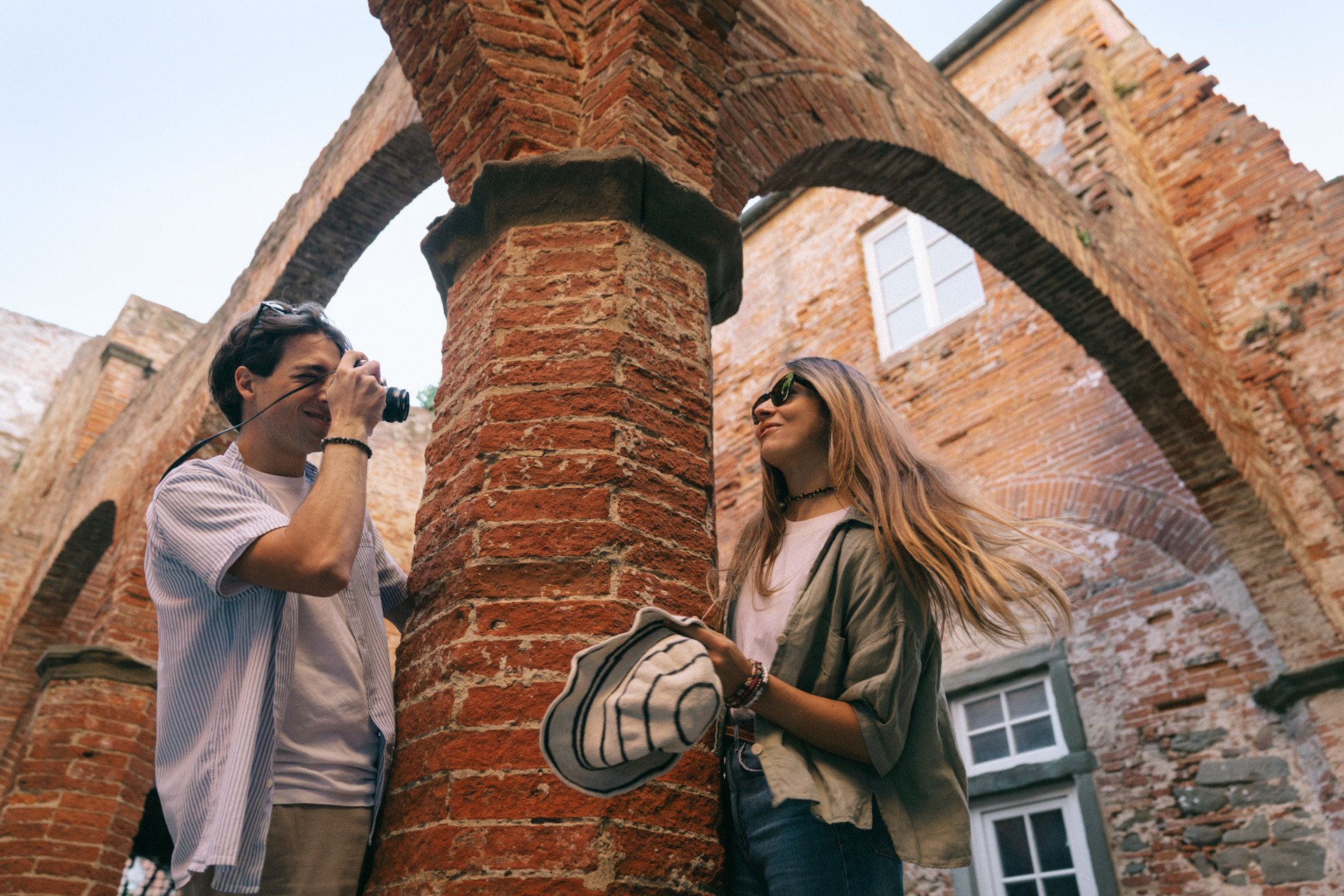
The unexpected Tuscany
Discover all the peculiarities that make Livorno so unique and surprising.
Discover more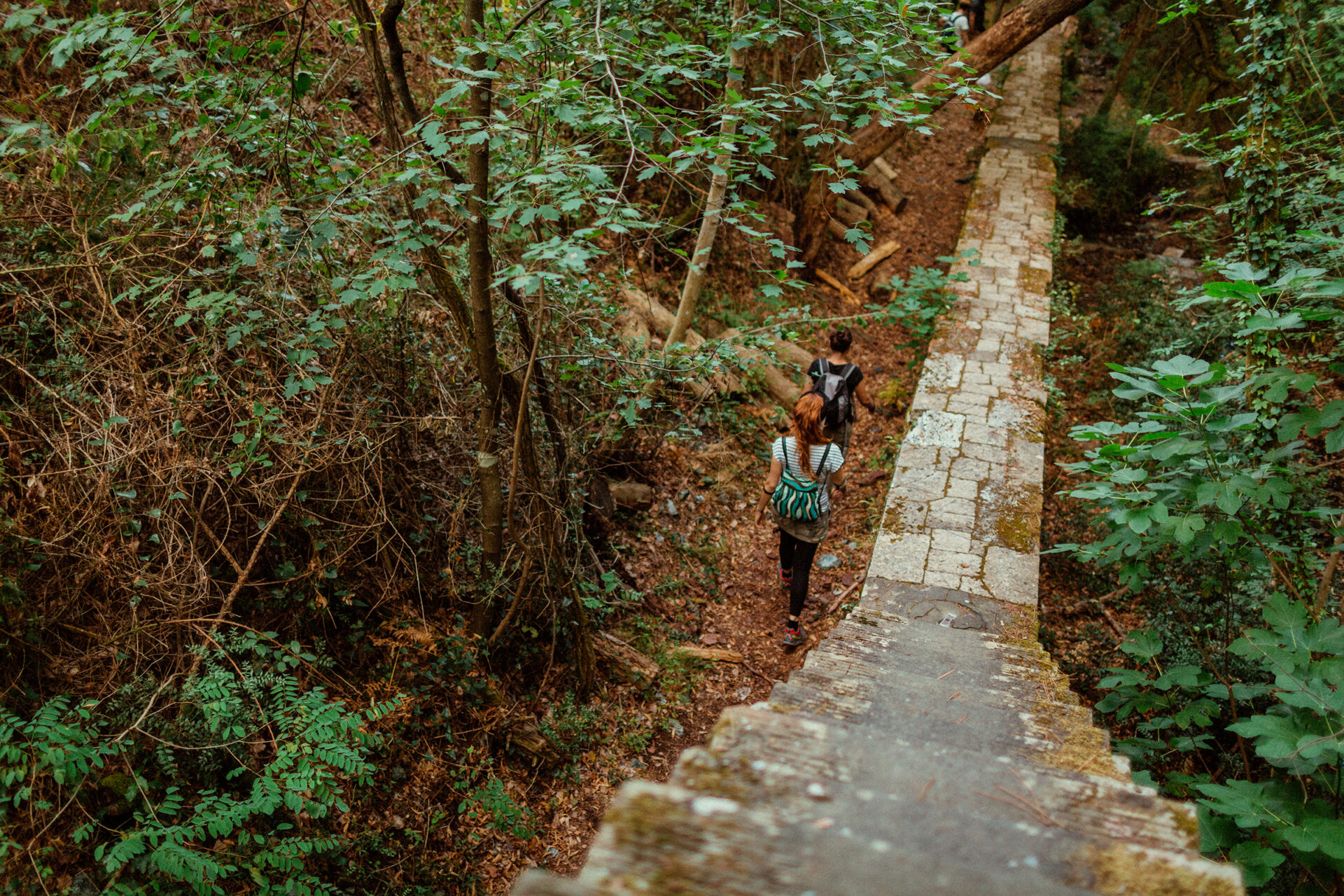
Subscribe to the newsletter
to stay updated
Don't miss any news about events in Livorno and surroundings.
